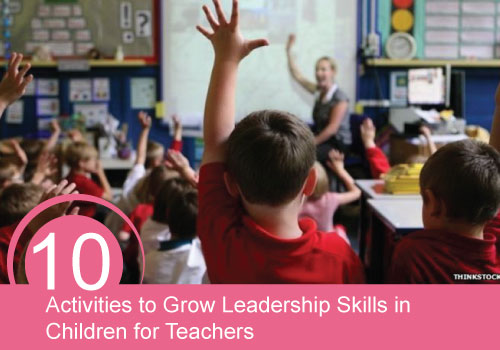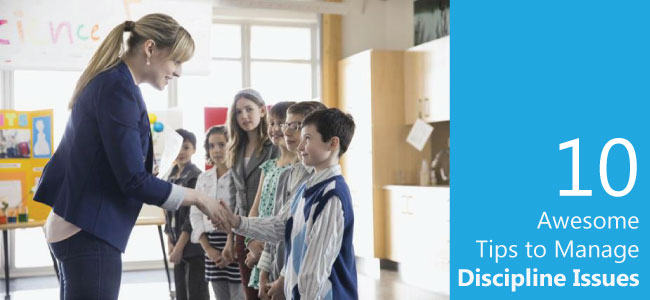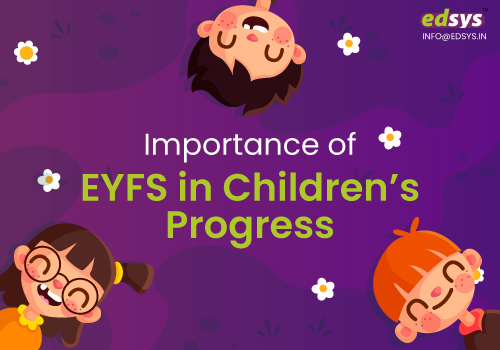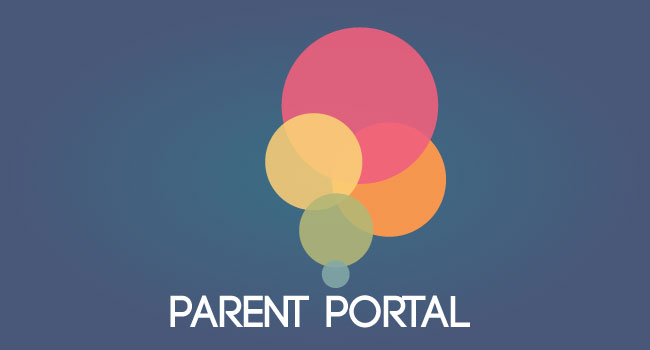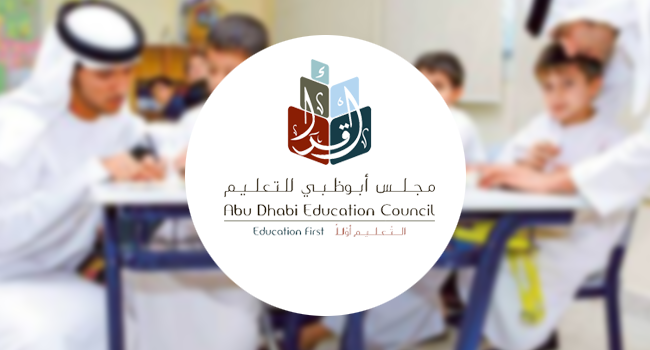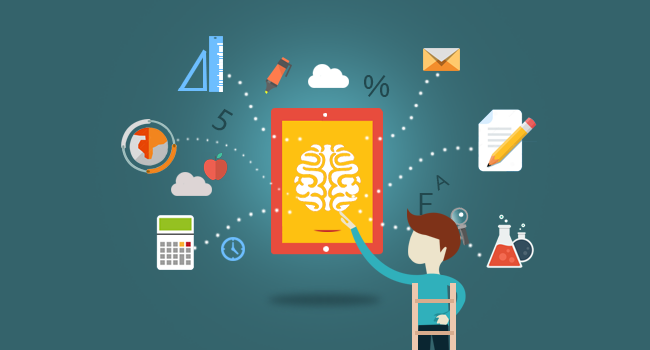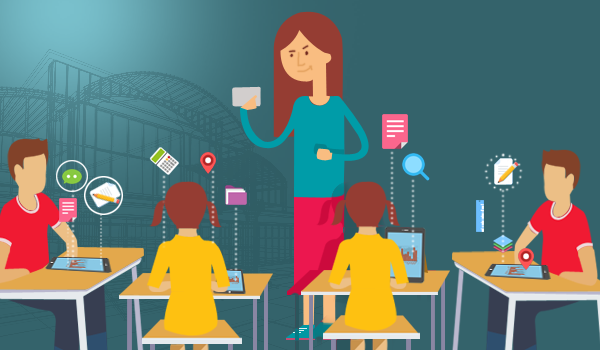With smart education in place, experts feel that repetition learning is likely to diminish in the coming years.
Technology has brought about a huge revolution in the education sector. Laptops, e-readers, and even e-learning apps are now part of everyday education. Thanks to the advanced learning solutions that generates smart students. Transformation from a class room with dusty duster and black board, chalk dust and a large cane to a smart class with LED, Dell computer, UPS and software teaching aid did not happen in a day. This smart education initiative has been supported by diverse technology brands by introducing various digital learning solutions.
Read Also:
10 Activities for Teachers to Grow Leadership Skills in Children
Impact of Technology in Education
School as well as college classrooms are now slowly inching towards advanced education, which rules out the most conventional method. Devices including document cameras and projectors make it possible for schools and colleges to implement instructions in smart classrooms.
- Smartboards – This is an interactive white board which allows the teacher to project an image from a laptop to the front of the room and the teacher can digitally draw on that image.
- Digital Podium – This advanced lecture stand is all-in-one smart classroom equipment features a Touch Monitor, Document Camera, Visualiser, Public Addressing (PA) System and Uninterrupted Power Supply.
- Smart Class ICT – The solution includes K-12 Digital content, assessment suite introduced on a most advanced offline or online LMS. The content can be strictly mapped as per school course and can be further localized as per requirement.
- Visualizers – Also known as document camera, this visual presenter is a real-time image capture devices that helps to display an object to a huge audience. The device can magnify and project the images of actual, three-dimensional (3D) objects as well as transparencies.
These educational products are highly beneficial for Teachers, Educators, Presenters, Trainers and Corporate Professionals.
Smart Classroom Market to Grow
The recent market research report from Technavio predicts the smart classroom market in India to grow at a CAGR of more than 20% during the forecast period of 2016 to 2020.
As per the report, initiatives taken by the Indian government play a key role in popularizing smart ways of learning.
As per the report –
- With the exponential increase in use of everyday mobile devices in India, schools, colleges and other educational institutes might also implement Bring your own device (BYOD) policies in the near future.
- To support their digital initiatives, teachers also require software to create e-learning content, which is likely to fuel the demand for learning products during the forecast period.
- The top players in the market include Microsoft, Oracle, Samsung, Dell, Educomp, HCL Technologies, IBM, Lenovo, and more.
Adobe Supports Educator-Technology Partnership
A new report by software major Adobe indicates that India’s educational institutions should strengthen their partnerships with technical companies to create a reliable platform that can build a new generation of highly achieving students. The study is based on survey results participated by above 1,300 educators from the Asia Pacific. The survey reports that about 85% of educational institutions believed that it is important to provide a fostering environment that has the right mix of technology and education.
You May Also Like:
Mobile Learning Apps – They are the Future
Instead of exams, studies and the tension behind all these, learning via portable devices such as smartphones and tablets is what students are getting comfortable with now and in the coming years. The m-learning concept is expected to be a boon for India’s education sector.
Some of the mobile learning apps are-
- Microsoft OneNote – Though it looks just like a traditional notebook, it rocks interactive whiteboards. The notes teacher write on the board go directly into the notebook that they share with the students. The frontrunner for school note taking, this app also allows teachers to edit simultaneously. With diverse new features rolled out in the last few years, students can write notes, grab screenshots, and make to-do lists as well.
- Evernote – Evernote is a tool that can be effectively used on iPad in classrooms. With its capacity to type, insert images, explain, and record sound, students can incorporate their iPad with Evernote in a number of ways.
Smart education is the future, where dusty, traditional classrooms are on its vanishing stage. Technology-supported learning environment can generate smart students.

